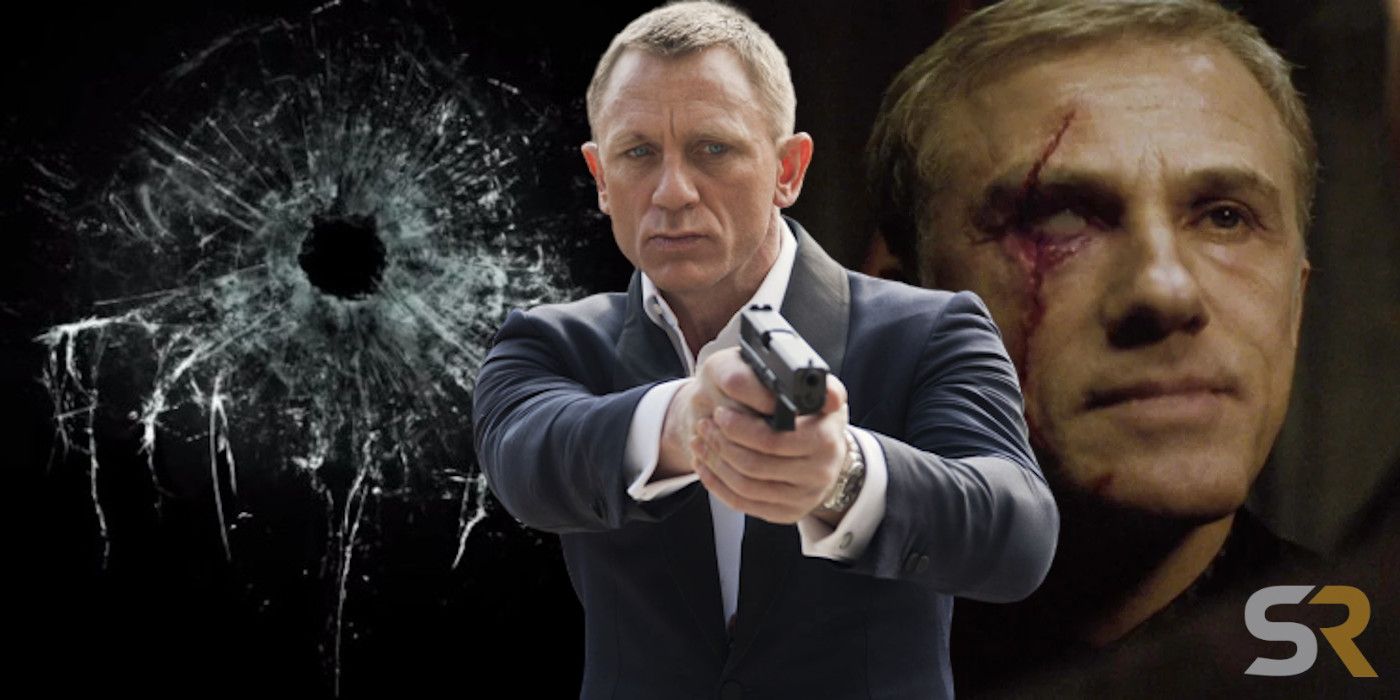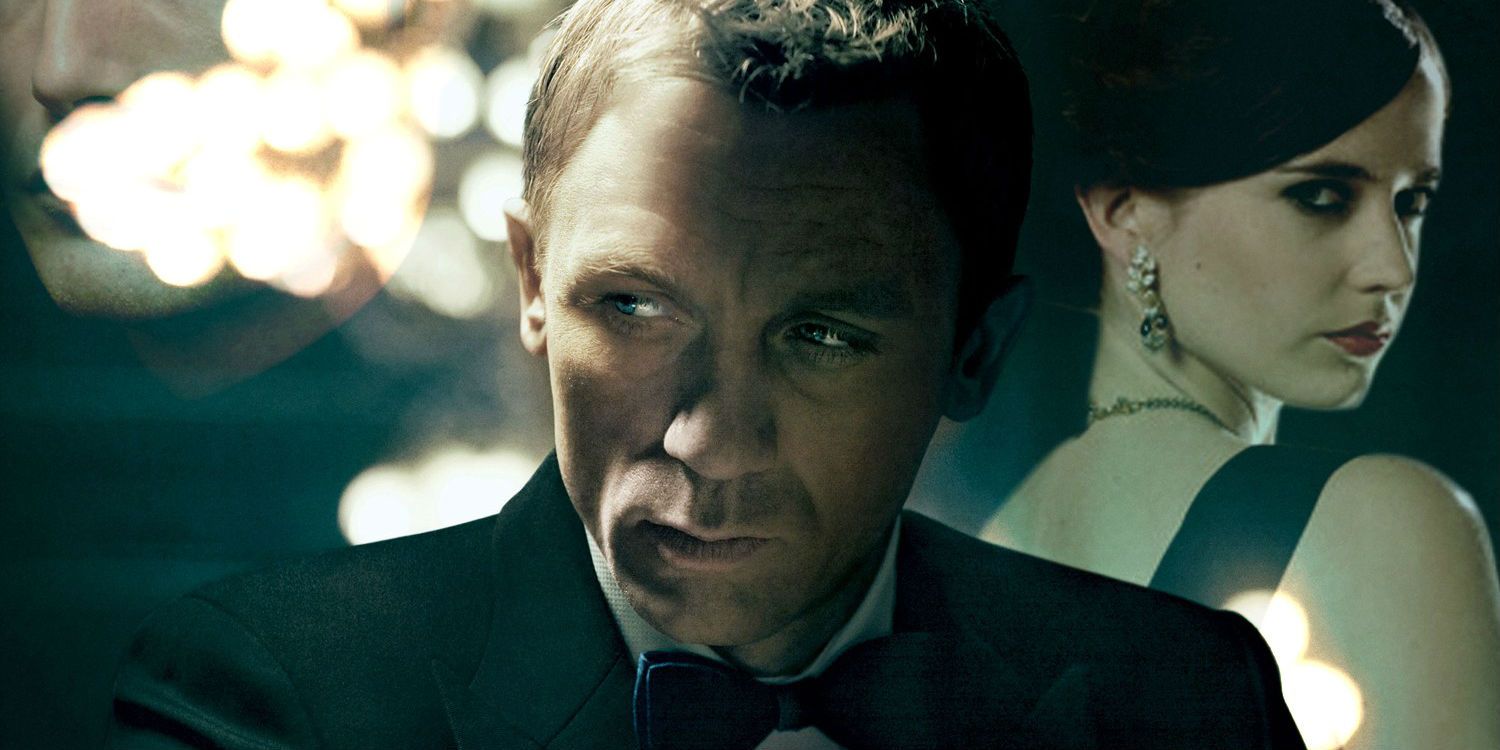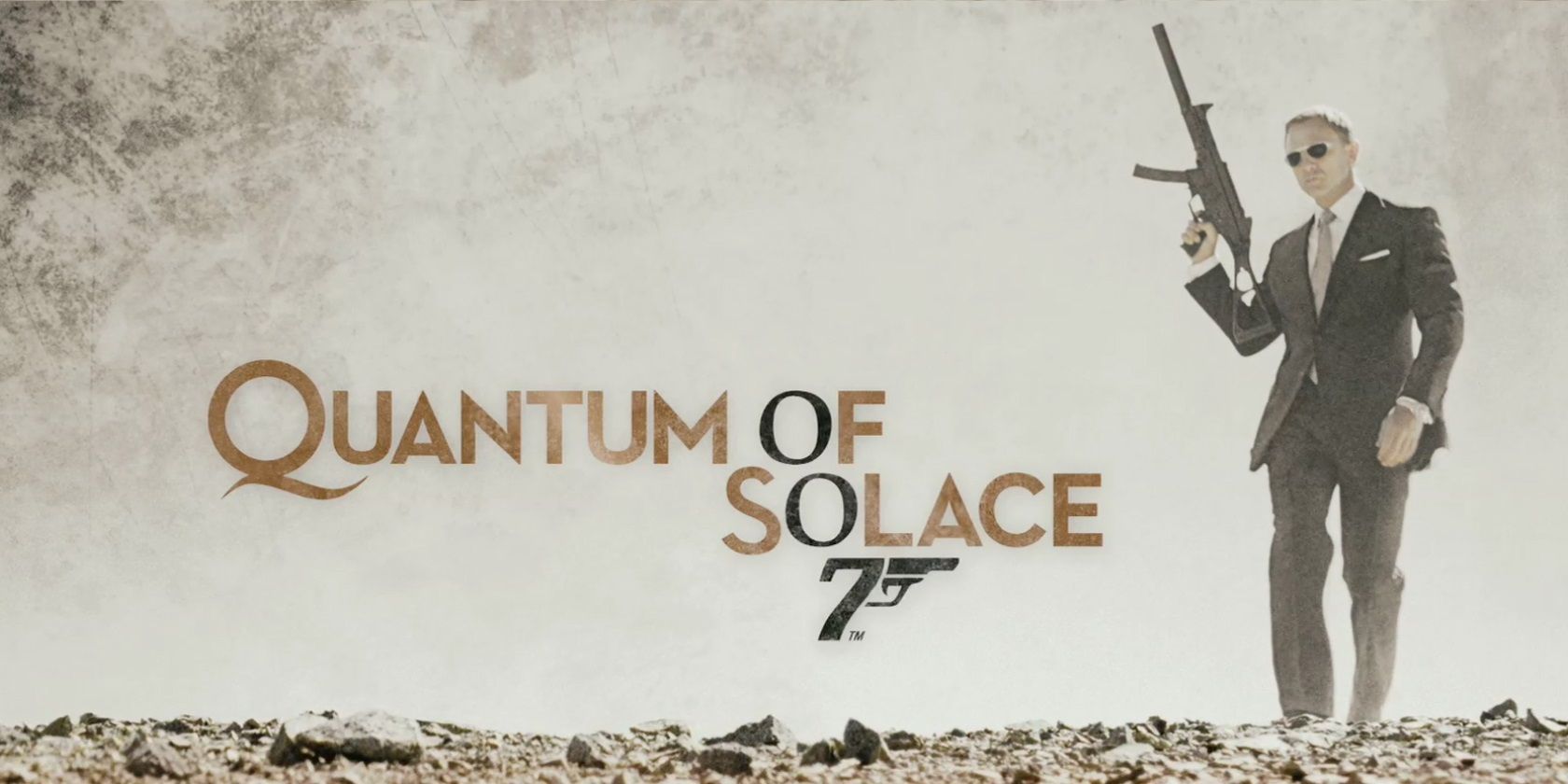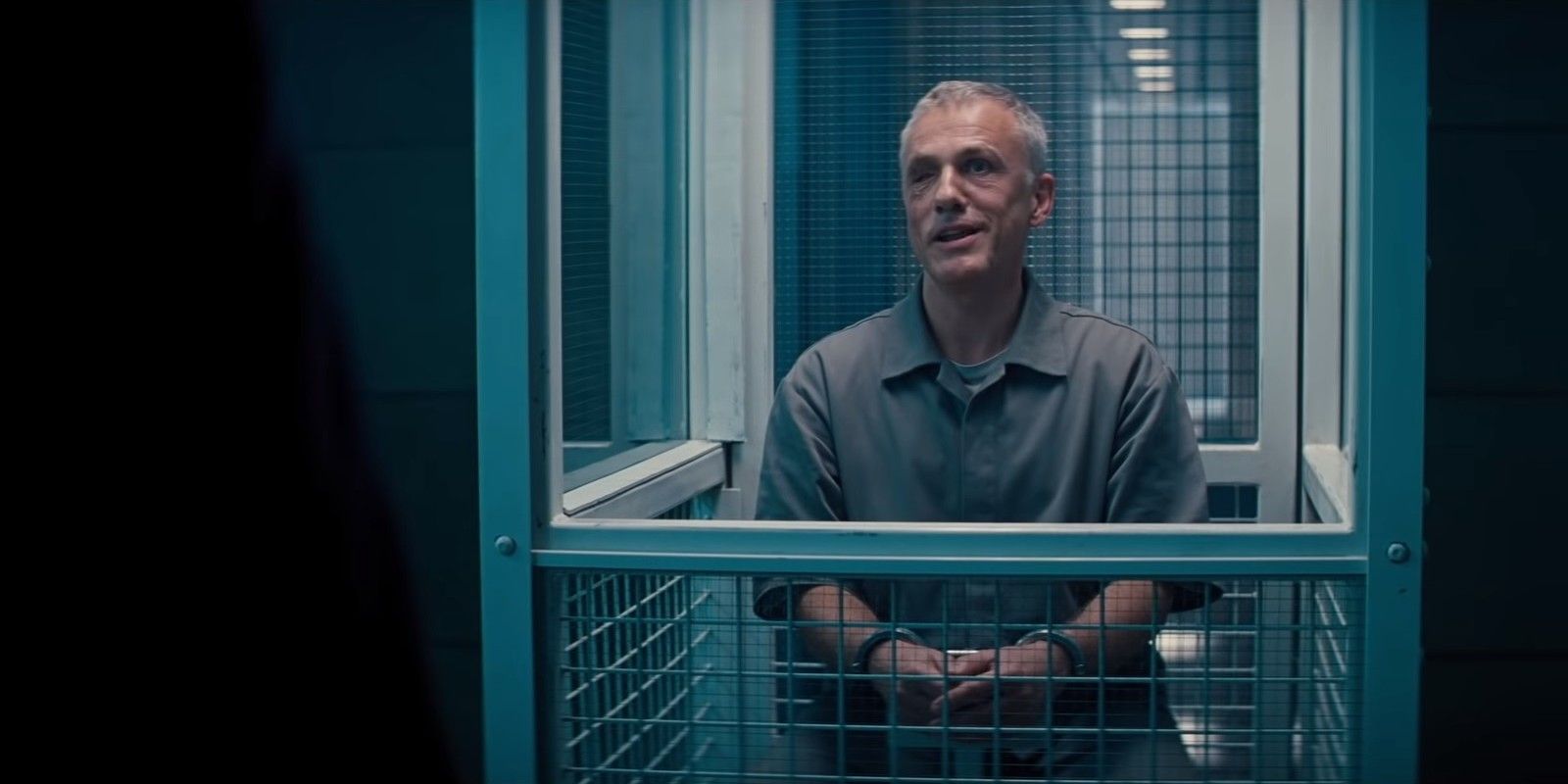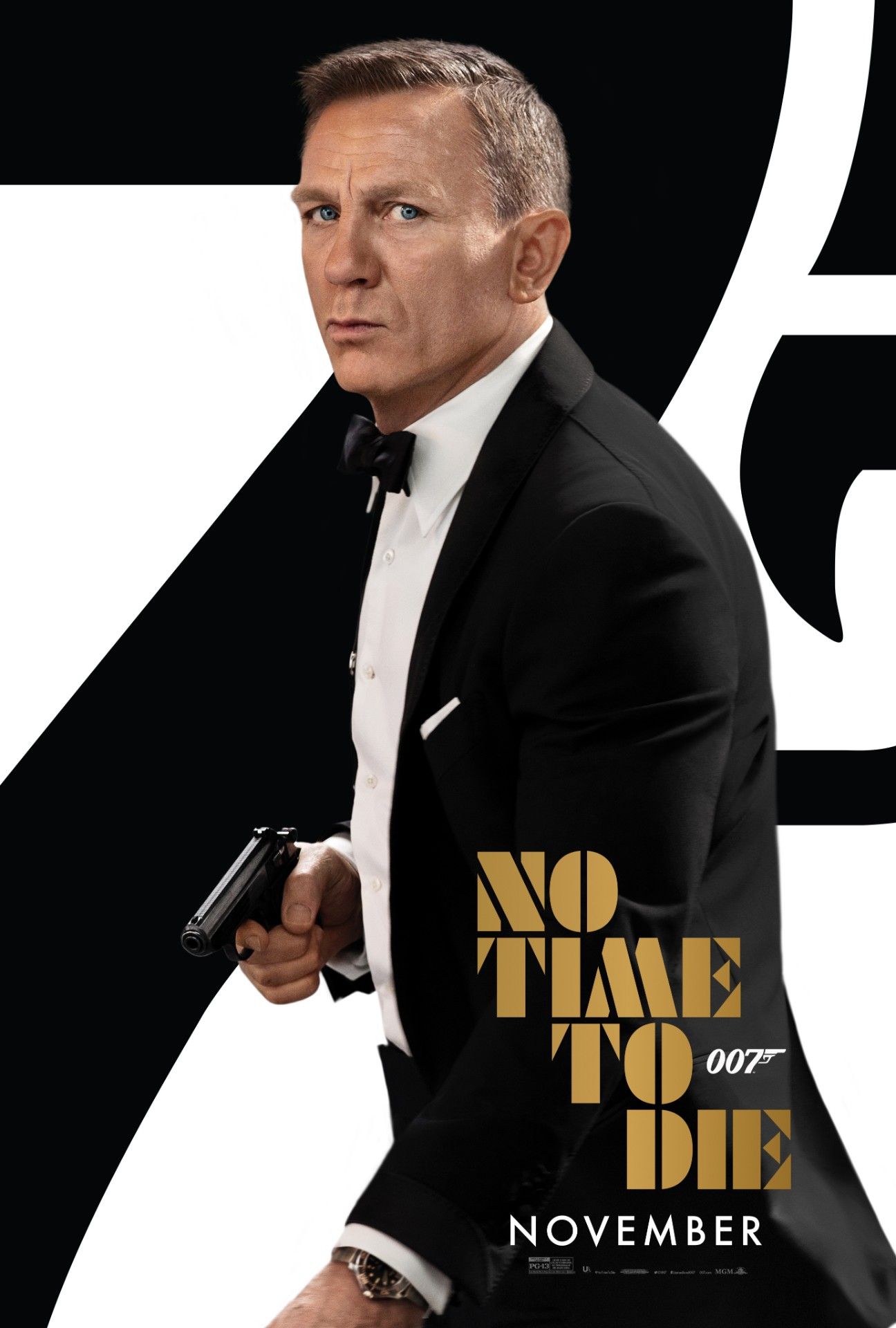The villainous SPECTRE organization almost didn't appear in the Daniel Craig 007 movies. When Daniel Craig was cast as James Bond, the entire film series was officially rebooted. While continuity had never been a terribly important part of the 007 movies (save for the tongue-in-cheek fan theory that James Bond is a Time Lord), the character had a degree of consistency that could be traced from 1962's Dr. No all the way through to 2002's Die Another Day.
Craig's first outing as 007, Casino Royale, featured James Bond as a newly-minted 00-Agent, and introduced a brand new story involving a mysterious organization. Quantum of Solace, released in 2008, revealed the name of that organization as "Quantum," though the name is scarcely uttered in the film itself. Nevertheless, it was obvious that Quantum served as a stand-in for SPECTRE, the legendary criminal organization led by Number One, Ernst Stavro Blofeld.
Due to legal reasons, EON Productions, the studio behind the 007 movies, could not use the name SPECTRE, nor the character of Blofeld. Thus, the filmmakers hedged their bets and had the organization lurk deep in the background of the first two movies, and entirely absent from 2011's Skyfall. Intentionally or not, this echoed the Sean Connery movies, which included SPECTRE as part of its first two installments before dropping them from the third movie, Goldfinger.
Eventually, the legal issues were resolved in time for SPECTRE and Blofeld to appear in 2015's Spectre, but there was a strong possibility that EON wouldn't have the rights to the criminal mastermind and his diabolical institution. Had that been the case, Daniel Craig's most recent 007, and the upcoming (after a coronavirus delay) No Time To Die, would have turned out quite differently.
James Bond's Spectre Lawsuit Explained
Due to legal issues involving Thunderball producer Kevin McClory, EON productions lost the rights to the character of Blofeld and his criminal group, SPECTRE. Before the James Bond film series began in earnest, author Ian Fleming worked with McClory on developing a film script. Thought the film was ultimately canceled, the script eventually served as the basis for Thunderball, the novel which would eventually become the fourth 007 film. This led to a spiral of lawsuits over the ownership of elements from the film, which ultimately resulted in Blofeld and SPECTRE becoming off-limits for EON Productions' 007 films. These legal issues also led to the development of Never Say Never Again, the unofficial 007 film starring Sean Connery.
It's said the character of Karl Stromberg in 1977's The Spy Who Loved Me was originally written as Blofeld, but those plans had to be altered due to the ongoing legal battle with McClory. Perhaps this is why Bond's killing of Stromberg feels particularly personal and violent compared to others in the series. In response to the legal situation involving McClory's claim to Blofeld and SPECTRE, EON Productions decided to knock Blofeld off the board once and for all in the opening of 1981's For Your Eyes Only.
The film begins with Roger Moore's 007 visiting the grave of his late wife, Tracy, who had been murdered by Blofeld in the shocking ending of 1969's On Her Majesty's Secret Service. There, he is accosted by an unnamed bald man in a wheelchair who is clearly supposed to be Blofeld. The villain assumes remote control of Bond's helicopter and performs death-defying stunts with the intention of scaring 007 before ultimately causing the vehicle to crash. However, Bond gets the upper hand and wrestles control of the vehicle from "Blofeld," using it to lift the criminal high into the air and kill him by dropping him down a smokestack.
The death of "Blofeld" in the opening minutes of For Your Eyes Only is seen as something of an anti-climax, but it's also a symbolic victory for Bond and the series. Dispatching Blofeld in such a low-key fashion resolved the biggest unresolved storyline of the Connery era while proving that Blofeld was no longer necessary for the James Bond franchise to survive and thrive.
Quantum In Daniel Craig's James Bond Movies
With the official rebooting of James Bond through Casino Royale, the films were free to pick up any plot threads from previous movies and tell fresh versions of old stories. Early on in Casino Royale, it becomes clear that the mysterious organization is meant to stand in for SPECTRE, even if they didn't have the rights to the infamous syndicate or its iconic leader. In Quantum of Solace, Bond gets his hands on a pin representing membership in Quantum. The pin is in the shape of a letter "Q" in the same style as that used in the logo for the film. The stylized depiction of the letter is not unlike an octopus, the symbol of SPECTRE in the Connery films, and it is clearly meant to evoke emotions of nostalgia from viewers aware of 007's history.
Eventually, in 2015's Spectre, it's revealed that Quantum was but one arm of the sinister organization led by Blofeld, a subsidiary. This not only explains the "Q" logo's resemblance to an octopus but also allows the stand-in syndicate to fade into the background in favor of the more high-profile SPECTRE that fans had waited decades to see return.
Had the decades-old legal troubles involving Thunderball not been resolved, it's likely Quantum would have replaced SPECTRE as the arc villains of the Daniel Craig movies. It's possible that, instead of bringing back Ernst Stavro Blofeld as the mastermind behind all the evil in Craig's films, the organization would not have been given such a personal motive. Maybe the filmmakers would have introduced an original character to serve as the head of the snake, or maybe they would have revived a different old favorite, like Dr. No or even Karl Stromberg, who had already stood in for Blofeld in The Spy Who Loved Me, as detailed above.
Quantum Was Retconned Into SPECTRE
Once the rights to SPECTRE had finally been secured after so many years, EON Productions sought to immediately capitalize on their sudden boon. Nowhere is that more evident than in the title of the movie, Spectre. It's unknown how the Bond films would have played out without the inclusion of SPECTRE and Blofeld, but it feels like EON Productions were always banking on eventually having the opportunity to put their new 007 on a collision course with a rebooted version of Ernst Stavro Blofeld.
After the critically-divisive Quantum of Solace, the series moved away from the story arc began by those first two Craig films. Skyfall, released in 2011, was a runaway success, even by 007 standards, and became the first film in the franchise to gross over a billion dollars at the global box office. The film had scarcely anything to do with the previous two films, to the point of depicting Craig's Bond as on over-the-hill old agent out of touch with how things are done in the 21st century; just five years earlier, Casino Royale had shown Bond as a young, new 00-Agent who acted impulsively, much to the chagrin of the older MI6 bosses.
Spectre retconned the main villain of Skyfall, Silva, into having been a SPECTRE agent all along, presumably sent by Blofeld to test 007, pushing him to his limits by killing M and forcing him to existentially question his own purpose as a patriotic assassin. The result is that Bond is off-balance by the events of Spectre, effectively at his lowest point while confronted with Blofeld, his greatest threat.
Despite having been produced one film at a time, the Daniel Craig 007 movies form a complete arc, one that is set to conclude with No Time to Die. The film will see the return of Blofeld as Craig's Bond faces off against one final enemy, an enigmatic villain played by Rami Malek. While plot details are being kept tightly under wraps, all the pieces are in place for one final showdown between James Bond and the remnants of SPECTRE, the lingering evil that has haunted the 007 film franchise for nearly 60 years.

